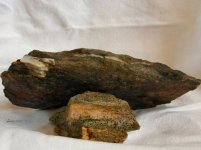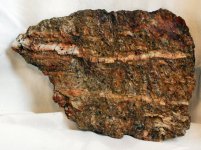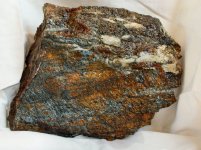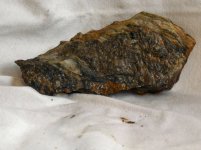A 9th Generational Farmer, my story begins in 1849 when my Great Uncles, many times removed; went to California in the search for gold. They never realized it, but they should have stayed home. A few years later, in the swimming hole they used on hot summer days here in Maine, held gold.
Myself, my interest in prospecting started about three years ago when the town decided to improve a road, and blasted a cut through bedrock. Upon seeing the quartz it did not take a brain surgeon to figure out that if gold was found in the stream at the bottom of the mountain, and potential gold bearing quartz was found at the top, then somewhere in between lay some gold deposits.
But 2500 acres is a lot of land, and this is Maine; steep, forested and not a lot of roads to access it. But with difficulty comes potential. Always farmers, and always owning the land from 1746 to today, it was never surveyed. I was not about to set off blindly to go search for the gold, I needed a plan.
(Continued)
Myself, my interest in prospecting started about three years ago when the town decided to improve a road, and blasted a cut through bedrock. Upon seeing the quartz it did not take a brain surgeon to figure out that if gold was found in the stream at the bottom of the mountain, and potential gold bearing quartz was found at the top, then somewhere in between lay some gold deposits.
But 2500 acres is a lot of land, and this is Maine; steep, forested and not a lot of roads to access it. But with difficulty comes potential. Always farmers, and always owning the land from 1746 to today, it was never surveyed. I was not about to set off blindly to go search for the gold, I needed a plan.
(Continued)


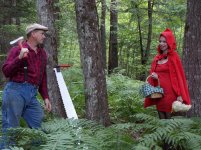
 ) said that gold would not be found there.
) said that gold would not be found there.